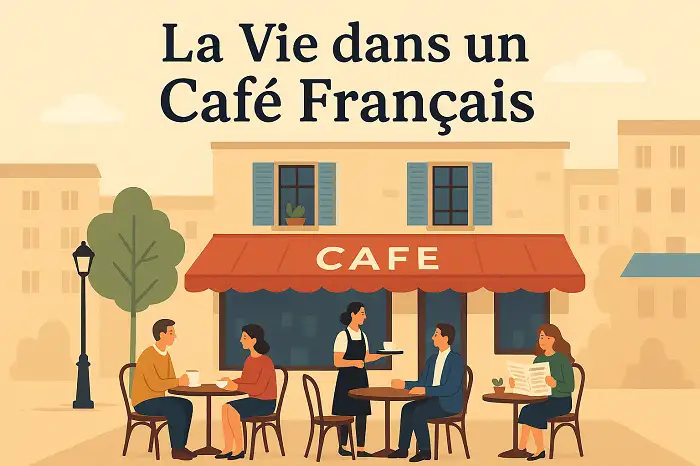Socio-Educational Model of L2 Learning
Socio-Educational Model by Gardner reflects the results of work begun at McGill University in Montreal in the 1950s and still carried on today. Gardner’s model was developed to explain L2 learning in classroom settings, in particular the foreign language classroom. It exists in several versions.
The model seeks to interrelate four aspects of L2 learning:
- The social and cultural milieu: The social and cultural milieu in which learners grow up determines their beliefs about language and culture. The learners’ social and cultural milieu determines the extent to which they wish to identify with the target language culture (their integrative orientation) and also the extent to which they hold positive attitudes towards the learning situation (e.g. the teacher and instructional program).
- Individual learner differences: For example, motivation and aptitude. These two variables (together with intelligence and situational anxiety) determine the learning behaviors seen in different learners in formal and informal settings. Learners who are motivated to integrate develop both a high level of L2 proficiency and better attitudes. The model is dynamic and cyclical.
- The setting: Formal and informal settings.
- Learning outcomes: Learning outcomes could be linguistic (L2 proficiency) and non-linguistic (attitudes, self-concept, cultural values, and beliefs).
One of the predictions of the socio-educational model is that the relationship between the social/cultural milieu and L2 proficiency and also between learners’ attitudes and their proficiency is an indirect one, whereas that between integrative motivation and proficiency is more direct and, therefore, stronger. The studies provide support for the view that factors in the social and cultural milieu are causally related to attitudes (integrativeness) which in turn are causally related to motivation and via this to achievement.
The basis of the model is that L2 learning—even in a classroom setting—is not just a matter of learning new information but of ‘acquiring symbolic elements of a different ethnolinguistic community.



